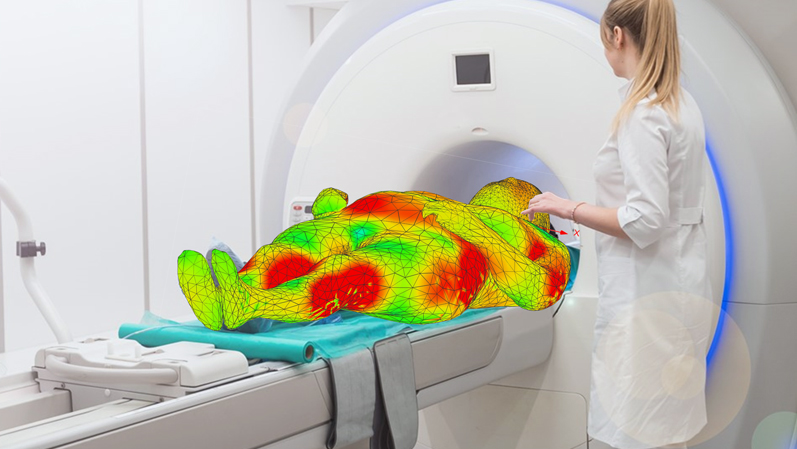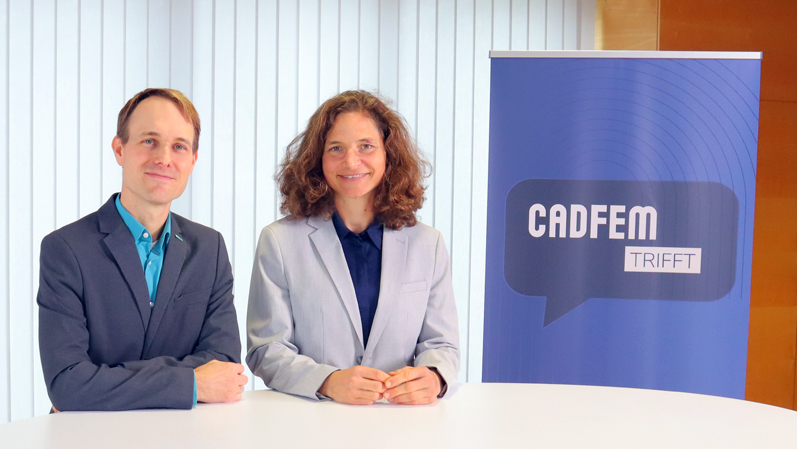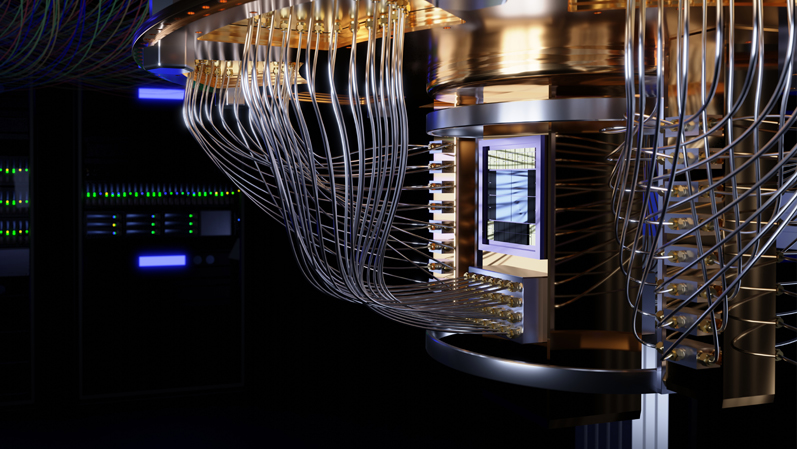More efficient workflows, optimized user-friendliness
Ansys HFSS: Connection to Discovery and other highlights from 2024 R1
Alexander Shalaby
16.07.2024
More efficient workflows, optimized user-friendliness
Bidirectional connection to Discovery, import and export of antenna arrays in text format, dark user interface: Ansys Release 2024 R1 for HFSS makes workflows significantly more efficient and optimises user-friendliness. We have summarised the most important functions for you.
The elegant bidirectional connection to Discovery
Very often, the RF engineer not only has to analyse the isolated performance of his product in the air, but also on a platform, e.g. a car, ship or aircraft, or embedded in an environment, e.g. the human body. These geometries are almost always created by non-specialist departments, e.g. CAD or mechanics. This can lead to details and features being added that either prevent the simulator from meshing or slow down the simulation.
For this reason, we recommend introducing an intermediate step between CAD and HFSS using Ansys Discovery to clean up and prepare the geometry for fast and reliable simulations. In 2024 R1, users have a very elegant bi-directional connection between HFSS and Discovery. This is particularly important as Spaceclaim (the predecessor of Discovery) will be phased out in the 2025 R1 release. The navigation (hotkeys) in HFSS 2024 R1 is unified with Discovery and the rest of the Ansys programme family. In future releases, the GUI will be more and more standardised with the Ansys design language.
Import and export of antenna arrays in text format
A few decades ago, antenna arrays consisted of dozens of elements. Nowadays, there are already thousands of elements, e.g. for massive MIMO in telecommunications or radars in fighter planes. The manual creation of these arrays would usually take several weeks. (The author of this article did this himself many years ago).
With HFSS 2024R1 you can import the description of an array in a text file and HFSS creates the array fully automatically: geometry, materials, boundary conditions, ready for simulation. This text file can be created with Excel or Python. The embedded radiation diagram or the animations can also be exported individually to text. Scripting in Python for HFSS is a future trend and we strongly recommend learning this. CADFEM also offers courses for this!
Dark user interface
We know our RF customers very well and know how hard they all work. They usually spend many hours a day in front of RFSS. That's why we're delighted that users can now switch to a dark user interface: This dark mode can drastically reduce the strain on your eyes and you can concentrate on your work for longer - and the design looks cool too. User feedback so far has been extremely positive.
Recommendation: Check out our web special on the latest Ansys release and watch our CADFEM webinars!




